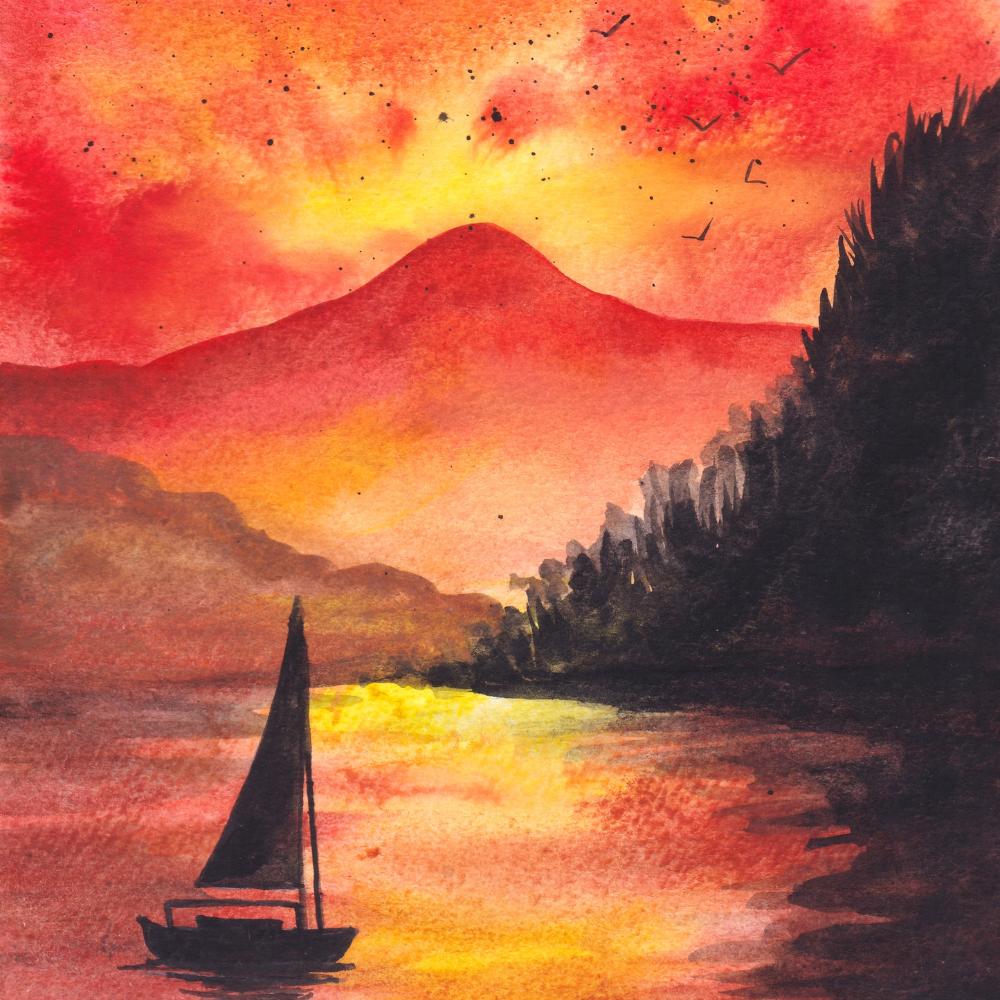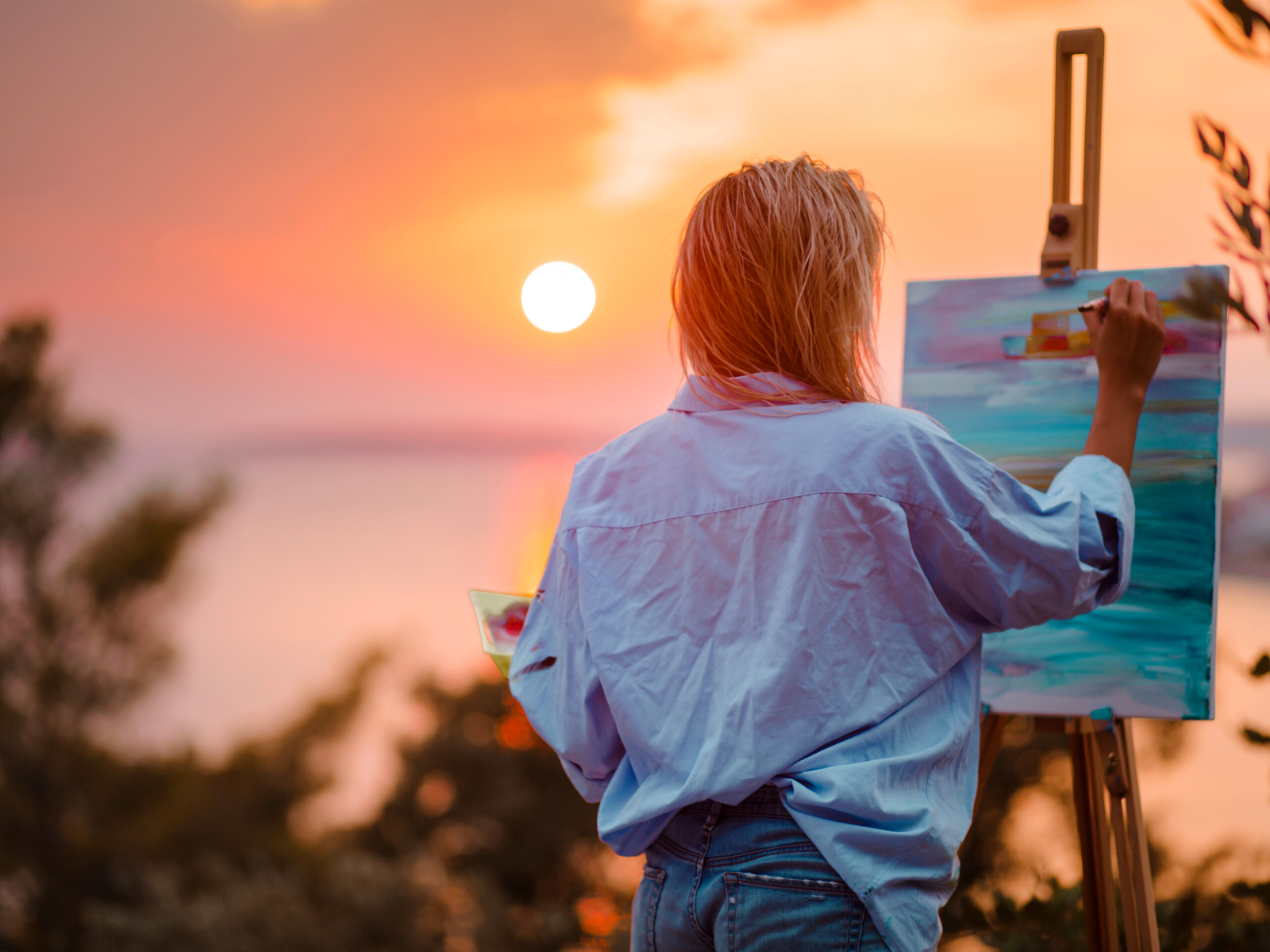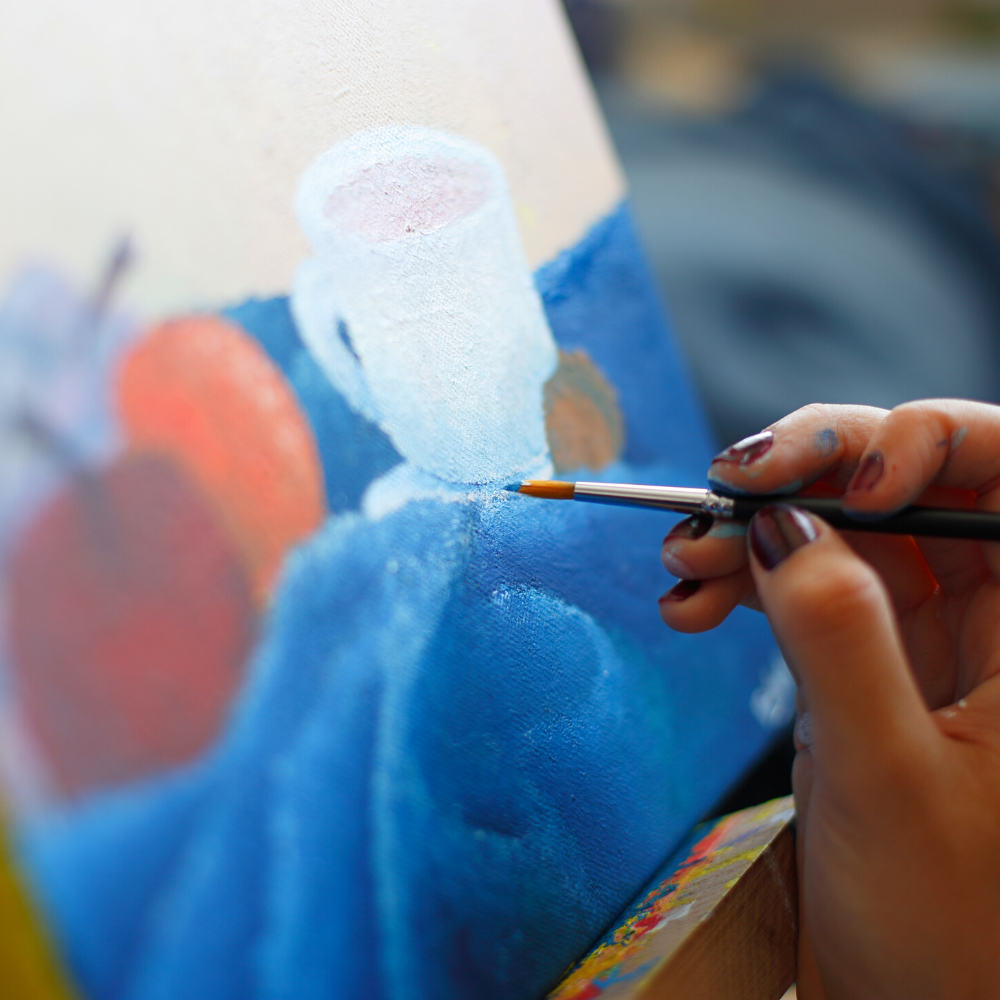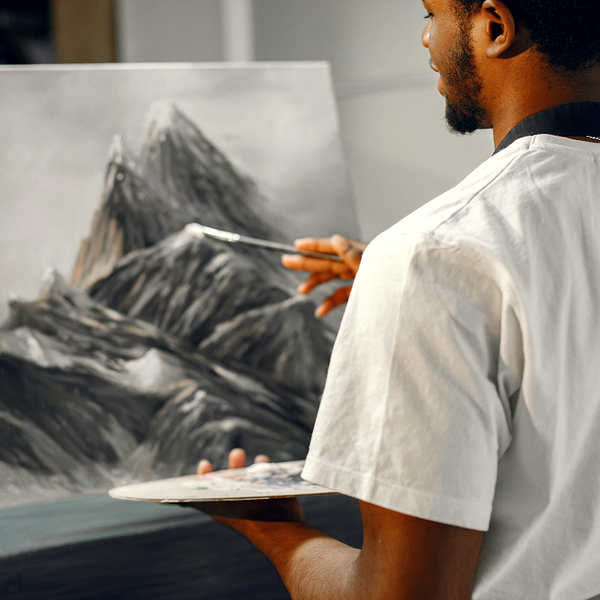Are you an artist looking to take your art game to the next level?
Are you a complete beginner just starting out, or a seasoned painter in search of new techniques and ideas?
Painting is an art that involves creativity and skills, and it can be a rewarding experience once you get the hang of it.
However, painting can seem daunting, especially if you are new to the craft.
To help you achieve your painting goals, we've gathered the best painting tips for artists of all skill levels.
From materials to techniques, these tips will help you unlock painting secrets and create masterpieces.
Whether you're perfecting some old techniques or finding creative spins on classic styles, this article has something for everyone!
With these tricks and tips from the pros, you can unlock your own potential as an artist, giving those tricky painting projects all the wow factor they deserve.
So, brush up those basic concepts and get ready — it's time to paint like a pro and take your work from basic to breathtaking!


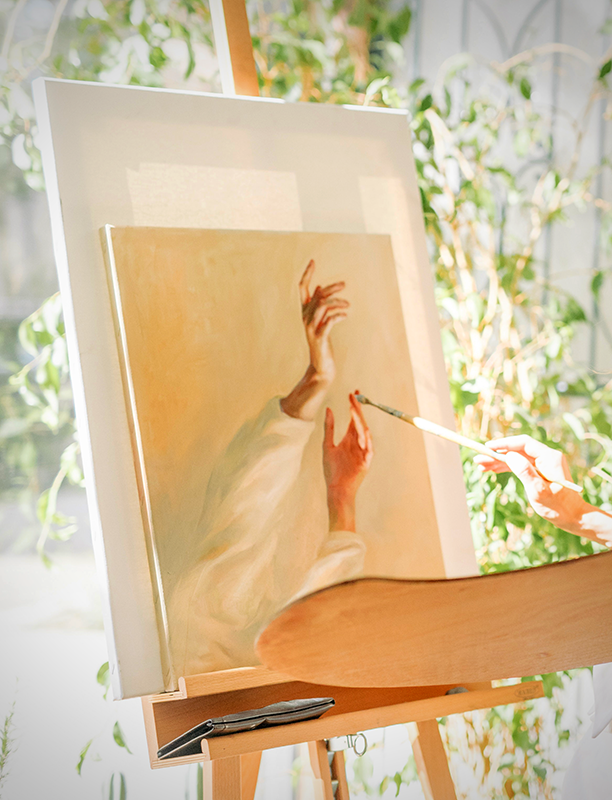
Choose The Right Painting Supplies and Materials
Painting supplies are an essential aspect of painting.
They can make or break your final work, so choose them wisely.
Before painting, evaluate the type of surface you are working on to determine what materials you will need.
For example, if you are working on canvas, you will need a different set of painting materials than when you are working on paper.
Invest in high-quality materials to ensure that your painting lasts a long time and brings you the desired results.
We can't stress this enough: use high quality paint.
Cheap paint is not worth the savings in the long run because it doesn't have the same pigmentation as higher-priced options, and it can lack durability which causes it to fade or crack over time.
Be sure to also choose the right type of paint based on your painting style.
For example, if you are creating a watercolor painting, you will need watercolors and not acrylic paint.
The type of paint brush you use can make a difference in the painting's look.
Different brushes can give different strokes and textures, so choose a brush that suits your style.
A flat brush, for instance, can be used to create broad strokes while a round brush is better for creating details and thin lines.
Drop cloths, sponges, and other protection materials are also important to keep your painting area clean; you can also wear rubber gloves to protect your hands.
It's essential to invest in quality materials to ensure that your paintings stand the test of time, so choose your supplies carefully.
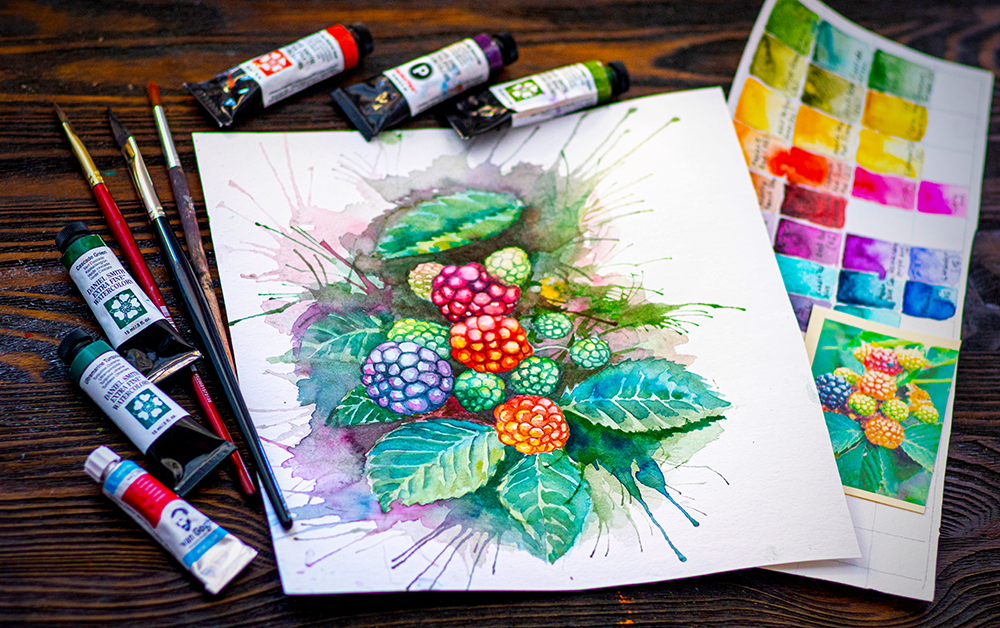
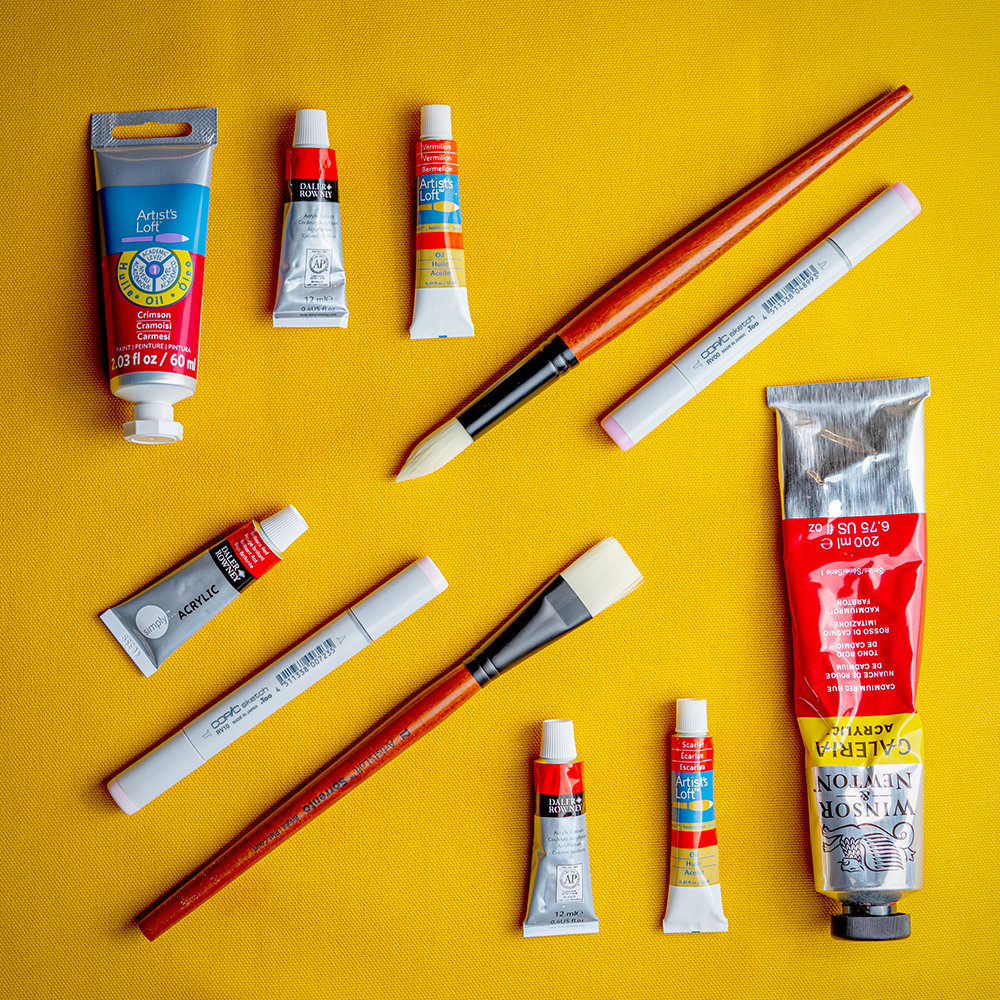
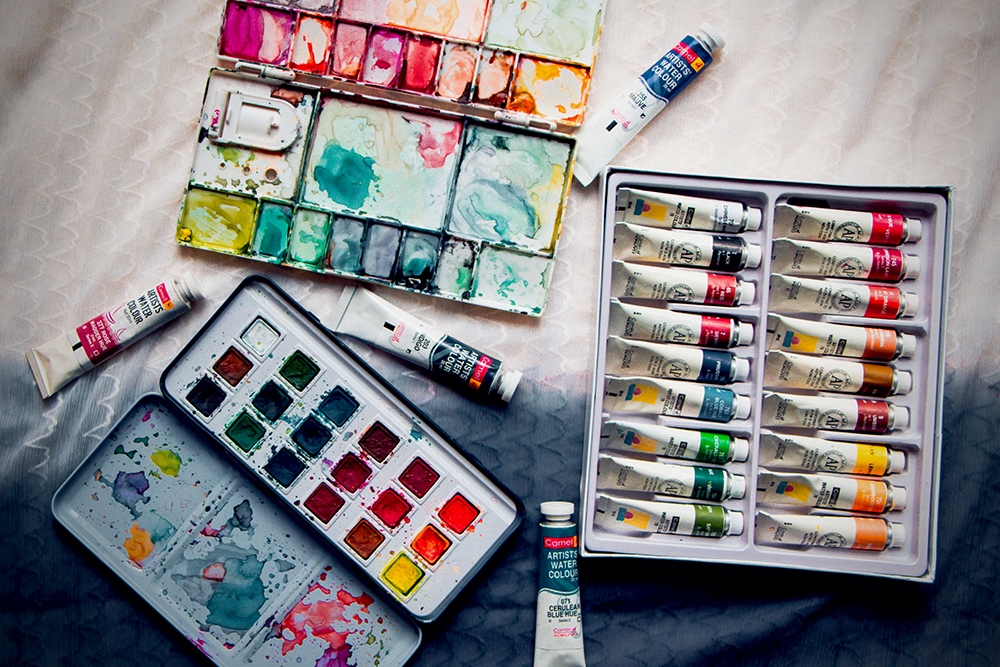
Prime Your Canvas and Take Time to Sketch
One of the most critical steps in creating a work of art is priming your canvas.
A lot of novice artists skip this step, but it's essential!
Priming your canvas gives your painting a good foundation, and it helps the paint to adhere better.
You can use gesso to prime your canvas, which is easily found in any art supply store.
Gesso also helps create a smooth and even surface, which is essential for any painting.
Once your canvas is primed, you can start sketching, but it isn't mandatory.
Sketching is a crucial step in creating a painting as it helps you visualize the final outcome and plan accordingly.
Using a light pencil, you can create a basic outline of your painting before you start with color.
By sketching, you can get an idea of how the image will look before beginning to paint, which saves you valuable time and frustration down the line.
This will also help you make sure that your painting is balanced and aesthetically pleasing.
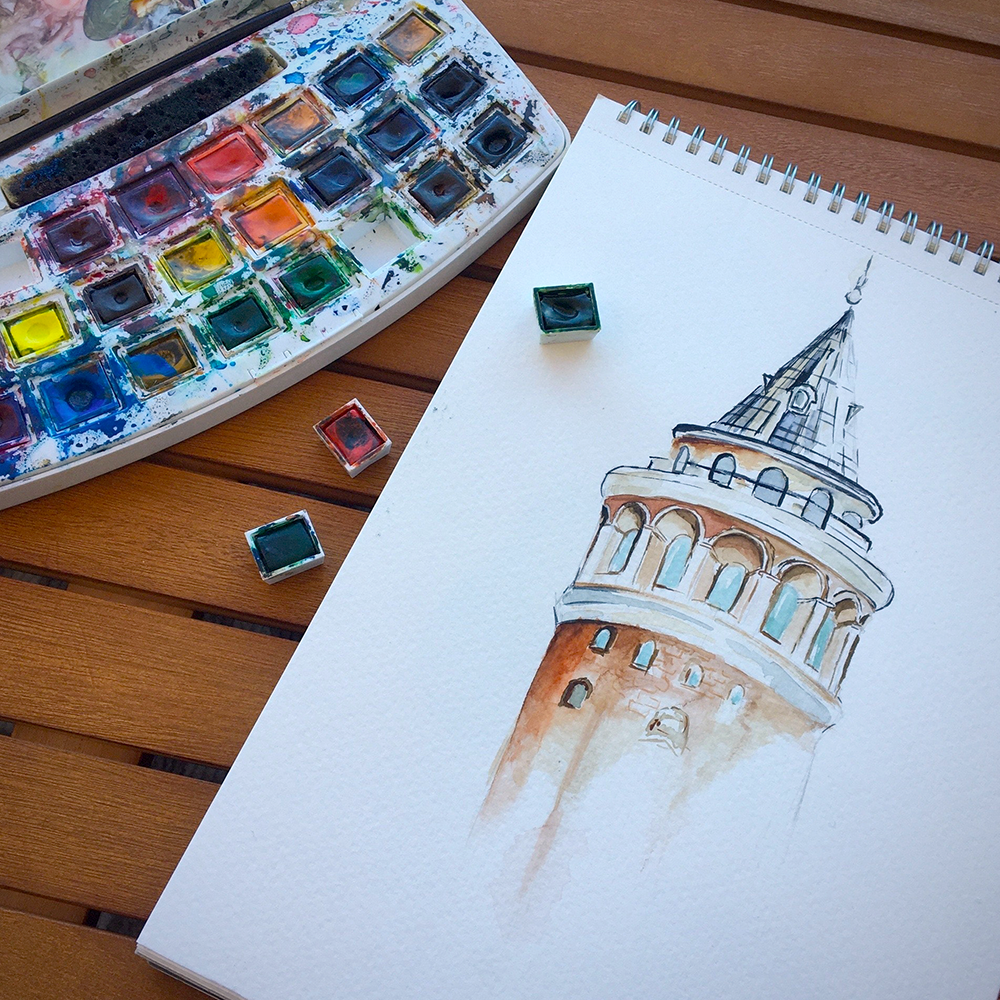
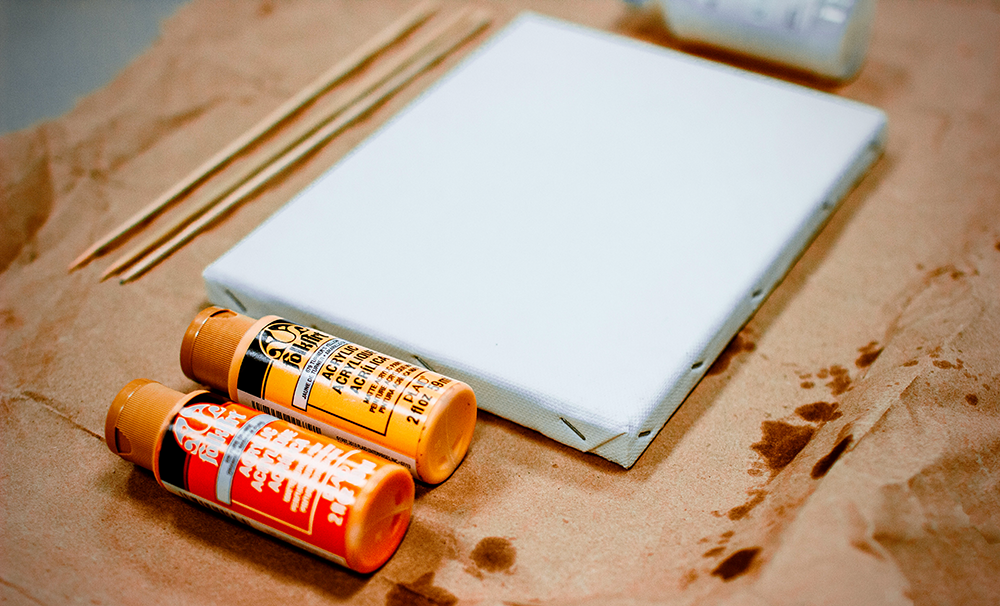

Play, Mix, and Layer Colors
When painting, don't be afraid to get creative with paint color.
Experimenting with different shades can lead to eye-catching and unique effects.
Add a few complementary colors to your base color to create depth or make colors "pop."
Mixing and layering paint colors is another essential painting tip that you can use to improve your paintings.
Mixing colors can create new shades and tints that can make your painting more unique and interesting.
Layering colors can give depth and dimension to your work, so don't be afraid to experiment next time you're painting.
Have fun in mixing colors, and you may discover a unique color that you can use over and over again.
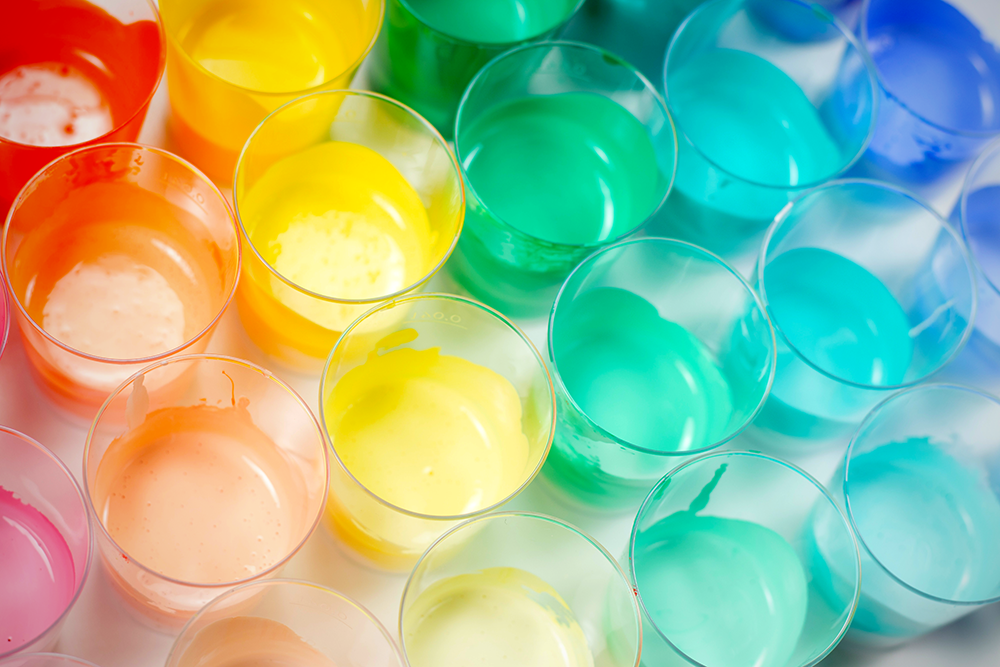
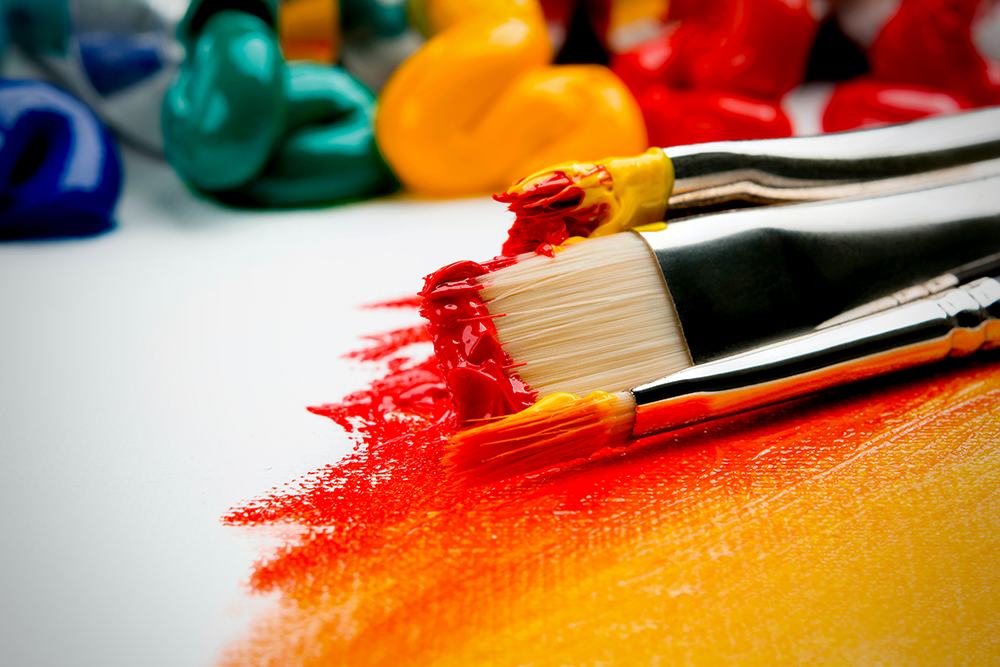

Try Different Brush Techniques
Brush techniques can create different effects in painting.
Learn different techniques such as stippling, blending, dry brushing, and more for creating an original paint job.
By using these techniques, you can create different textures and styles in your work.
New brush techniques can also help you make your painting more exciting and lively.
You can also use different brush strokes to create unique effects.
Creating shaded areas by connecting dots, using a zig-zag motion, or making short lines can give your painting a dramatic effect.
If you're feeling lost when it comes to adding texture or depth to your painting, try using a palette knife!
This is an invaluable tool for artists because it can add a range of effects by varying the pressure and angle you use when applying your paint.
There are so many different objects you can use to add a fun twist to your paintings; tack cloth, a plastic bag, and even your fingers can give unique textures to your painting!
Using a wet edge brush technique is another great way to blend fresh paint colors together and create a smooth transition between them, while a paint bucket technique is ideal for creating a consistent texture in an area.
Applying painter's tape is also a great way to add clean edges and shapes to your painting.
By using painter's tape, you can create sharper lines and unique patterns.
You can even bring elements of nature to your artwork, adding width and depth.
Try to incorporate painters' natural colors that occur in the natural environment, such as foliage's greens, soil-browns, floral whites, and more; use nature as inspiration at its fullest.
Plus, you can add found objects such as leaves, twigs, shells, or any other item you may find near your painting space.
These objects can add an interesting and unique texture to your work.
Professional painters take their art seriously, but they also have fun while painting.
So, don't be afraid to try something new — experiment with some brush techniques and find out which ones work best for you.
Give it a try next time you're painting and see the difference it can make in your work!
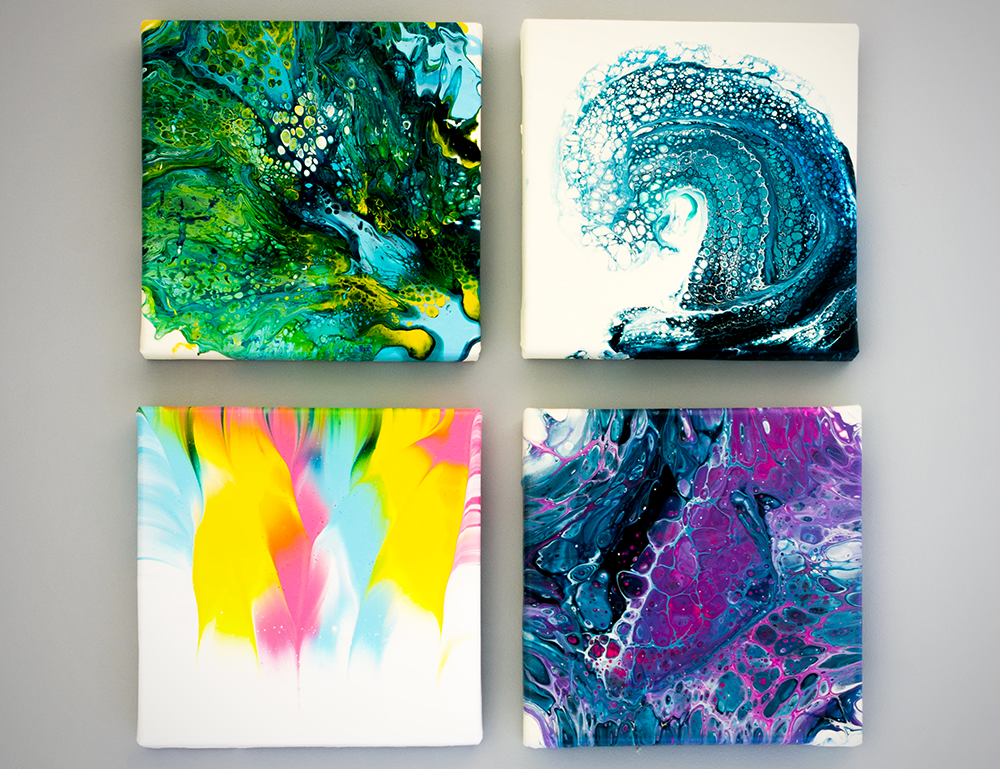


Experiment with Different Surfaces and Paints
Don't be afraid to experiment with different surfaces and paints.
Watercolor painting on an unusual surface, like cork or rocks, can give a painting a unique look.
Natural surfaces can create a beautiful texture that will add a beautiful dimension to a painting.
Use acrylics or latex paint if you want something that dries quickly or oil paints if you want something that dries slowly.
Oil-based paint has a more subtle effect than acrylic paint, and it can be blended easier for a smooth finish.
Matte paint can also be used to create a more subtle look.
It has less reflective properties than glossy paint, so the colors won't appear too saturated.
If you are looking for something that is semi-permanent, go for gouache paint or tempera paint.
You can even use paint markers, paint sticks, or fabric paint to create your painting.
Paints also come in different forms, such as tubes, palettes, or sticks, and each has its own unique characteristics.
The perfect surface is essential to create the best painting possible.
Try out different materials and surfaces to find the perfect one for you.
Don't be afraid to try something different and think outside the box when it comes to surfaces and paints.
Explore the possibilities and find out what works best for your painting style.
Your imagination is your limit when it comes to painting — use it to its fullest and create something unique!
Try it all to discover new styles that can set your paintings apart!
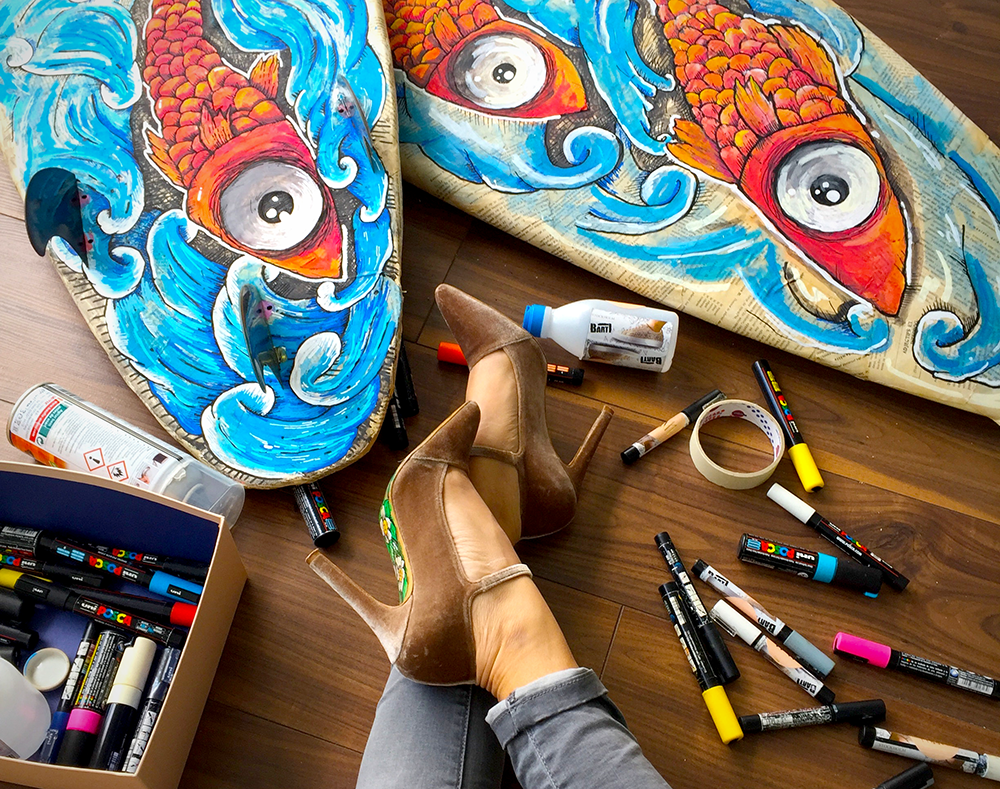


Take Breaks and Clean Your Brushes
It is essential to take breaks and step back from your work from time to time, especially while you let your paint dry!
Giving yourself room to breathe can help you to reduce negative thoughts, which can lead to more creative ideas.
Fresh eyes can sometimes bring a new perspective to your art-making.
Taking breaks also helps to keep you energized and focused, which is critical when creating a painting.
Also, when it comes to painting, the tools you use are just as important as the canvas and paint.
Ensure that your paint brushes are clean, especially when you're transitioning between colors!
Using dirty brushes can make it hard for you to achieve a clear and defined image.
Cleaning brushes may seem tedious and time-consuming, but it will help you to create a better painting.
To clean your brushes, use a mild soap and warm water, and allow the paint brushes to air-dry before you start painting again.
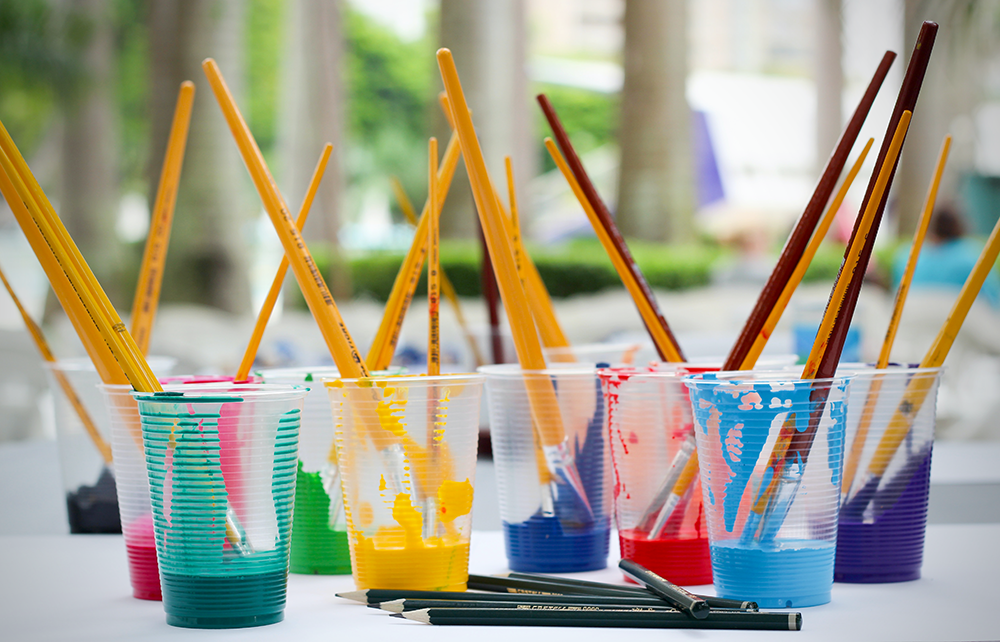


Connect with Others and Get a Second Opinion
As artists, we tend to be our own worst critics.
Getting an outside opinion, independent from your own, can be incredibly helpful.
Ask a friend or family member, or share your work on social media for constructive feedback!
This can help you gain a new perspective and see your work in a different light.
Having another set of eyes to look at your work can be insightful and inspiring.
It can also help you to identify elements that may need improvement or even encourage you to take a risk and try something new.
Connecting with other artists can also be inspiring and help you to stay motivated.
It's easy to get stuck in a creative rut, so it's great to have people around you to share ideas and experiences.
Find like-minded creatives that can give you new ideas and feedback.
Check out art blogs, join painting groups, or find an online mentor — the possibilities are endless.
There's so much inspiration to be found online, and it can help you push your art further.
So, don't be afraid to reach out for advice and feedback!
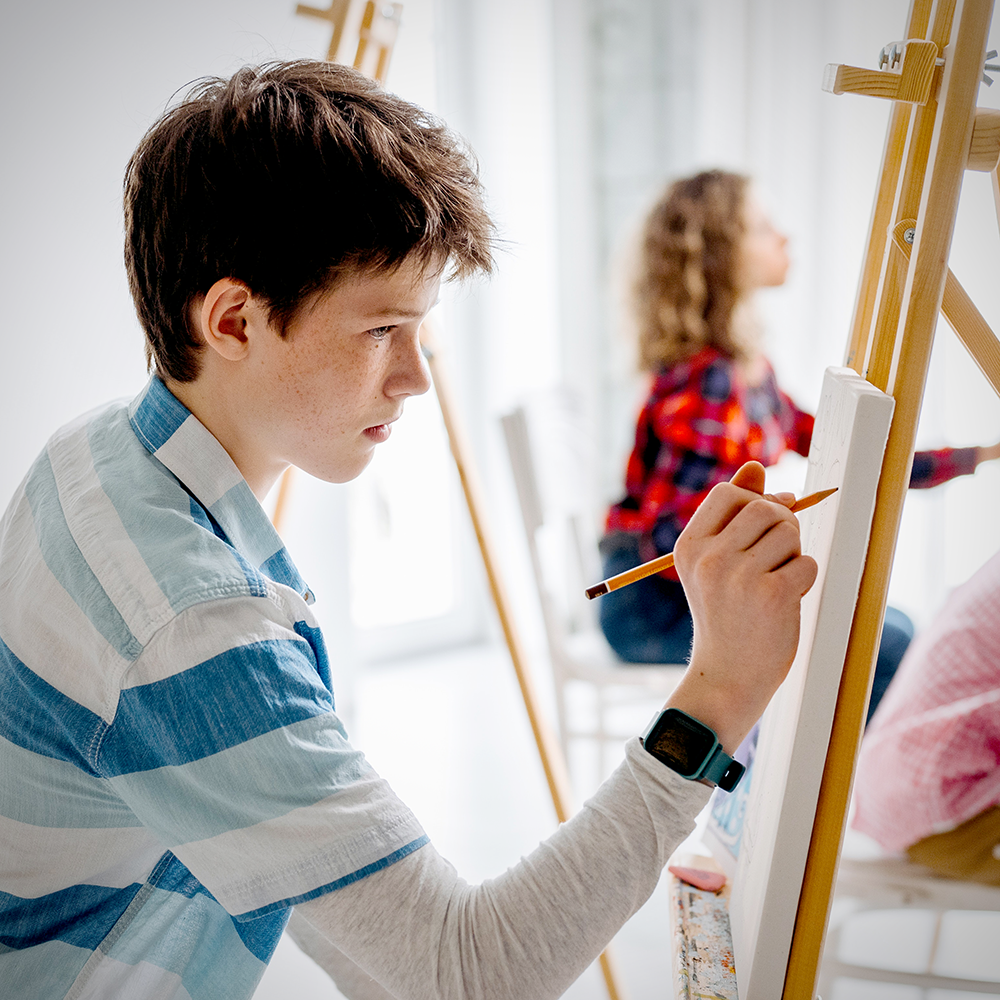
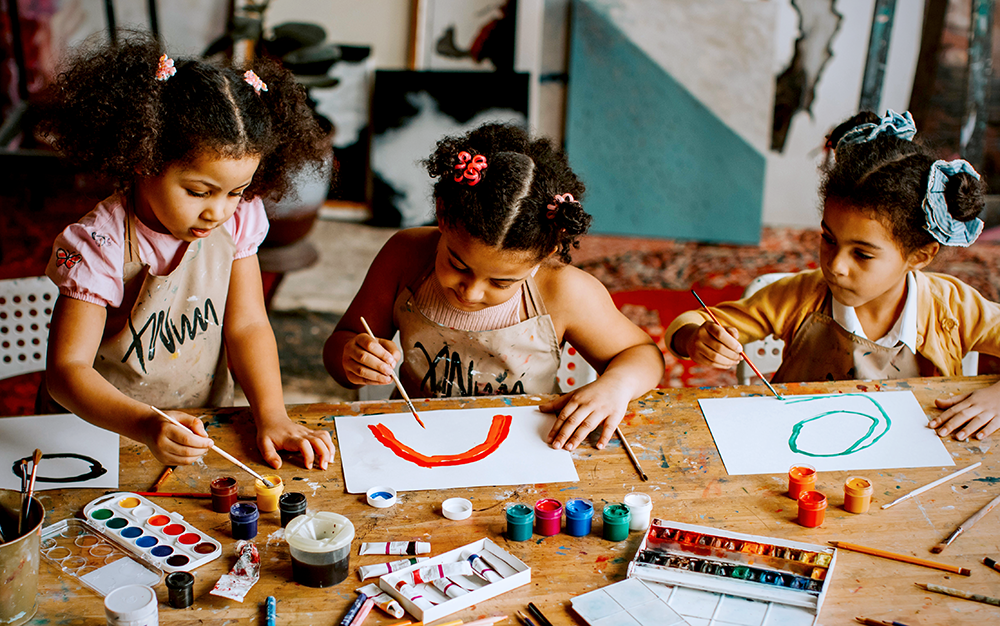
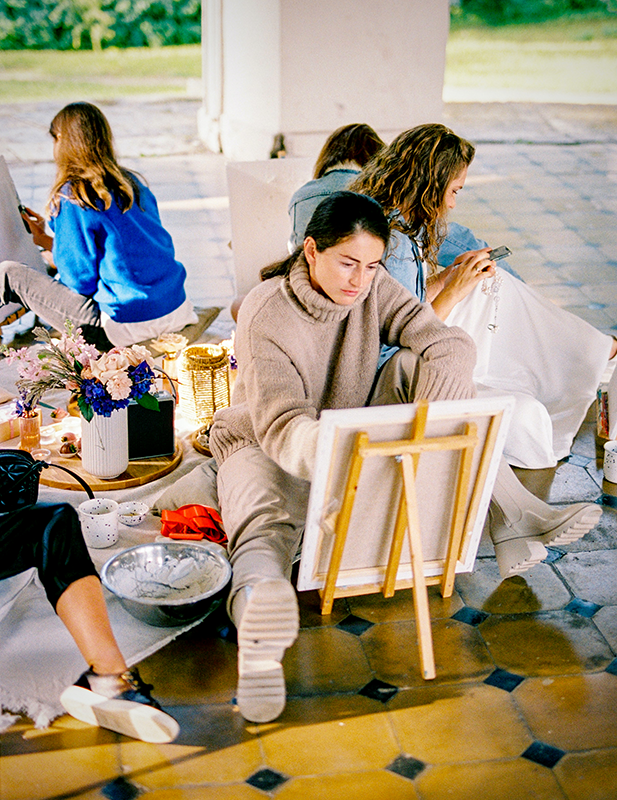
Practice, Practice, Practice
Lastly, practice is vital to improving your painting skills.
The more you practice, the better you will get.
Set aside some time each day or week to paint, and don't be afraid to make mistakes.
Making mistakes is a part of the learning process, and no artist becomes perfect overnight.
Don't get caught up in perfectionism.
Art should be enjoyable, and we all learn from our mistakes; perfectionism can be paralyzing and stop you from taking risks.
Allow yourself to create art that you're proud of, not art that you think everyone else will like.
Continuously challenging yourself and trying new techniques will help you learn more about painting and grow your skills.
The more you experiment and explore, the more confident you will become.
It's easy to get discouraged when we don't master a technique right away, but don't give up!
Persistence and determination go a long way in pursuing your art journey!
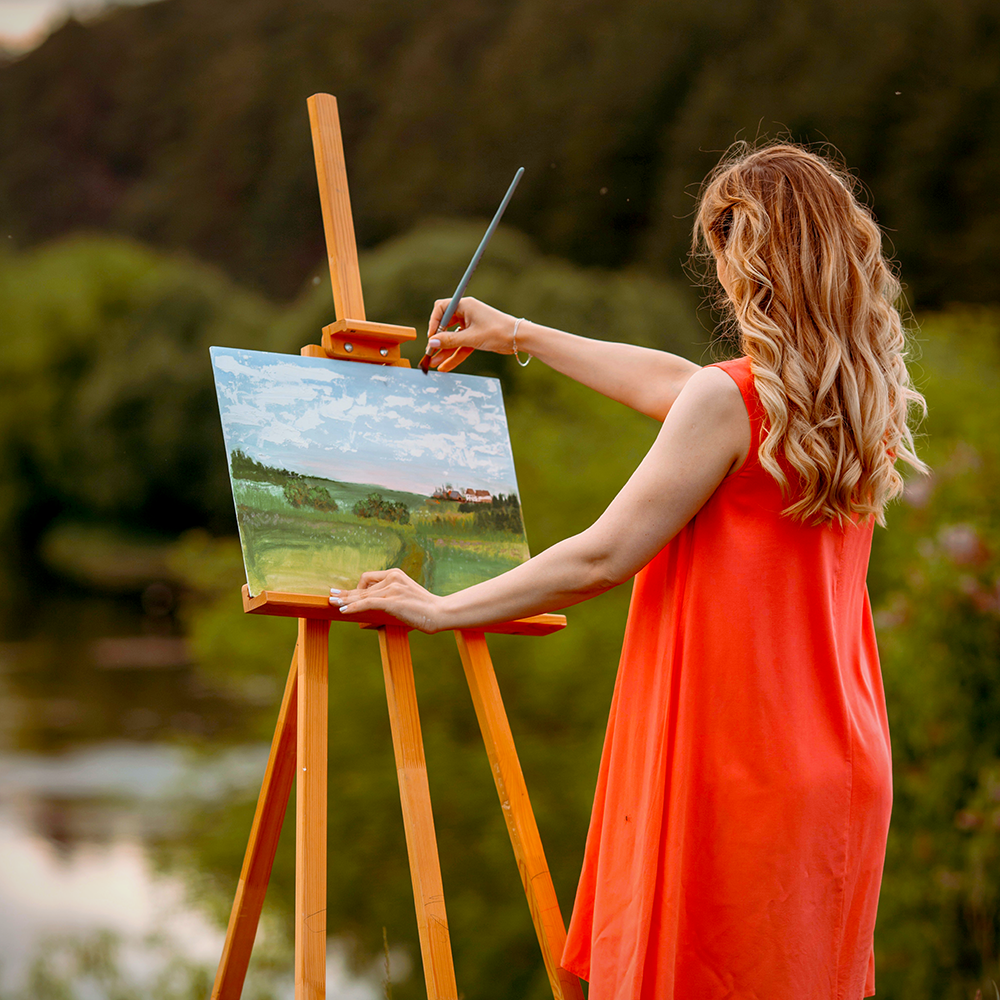

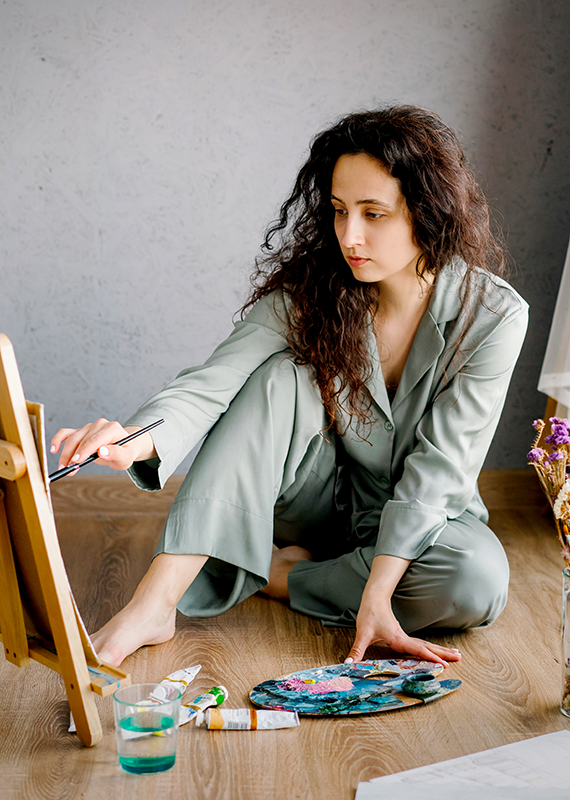
Painting Your Next Masterpiece
Painting is a beautiful, rewarding, and enjoyable art, but it requires practice, skill, and dedication.
These painting tips will help you to unlock your potential and create beautiful pieces of art.
From selecting the right supplies to experimenting with different surfaces and paints, these tips are sure to help you get the most out of your next painting.
With these tips, you can unlock painting secrets and skills that can make a difference in your artwork, allowing you to take your paintings to the next level!
Unearth your inner artist, prioritize quality over quantity, and use that creative spark to make something extraordinary.
These tips will help you discover the world of painting from a new perspective and lead you on an adventure of inspiring experiences.
So, unleash your inner artist, be confident, and let your imagination run wild!

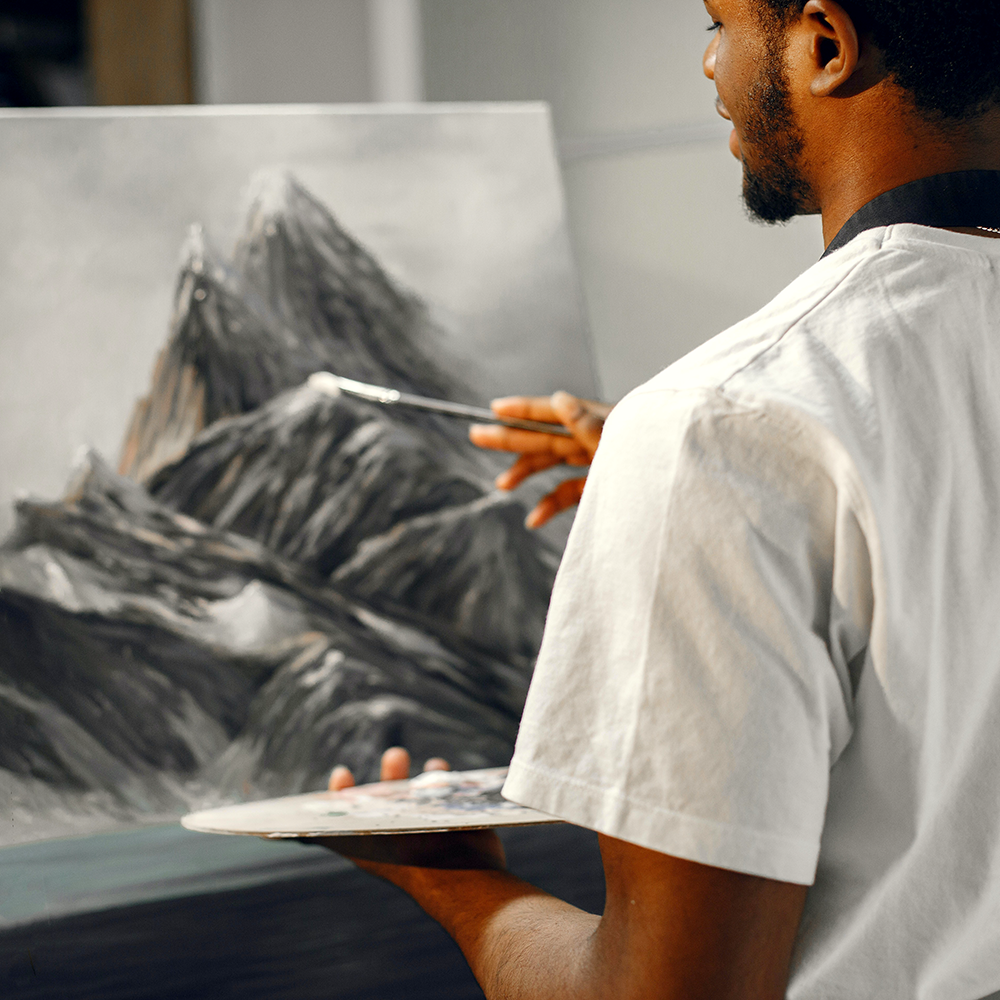
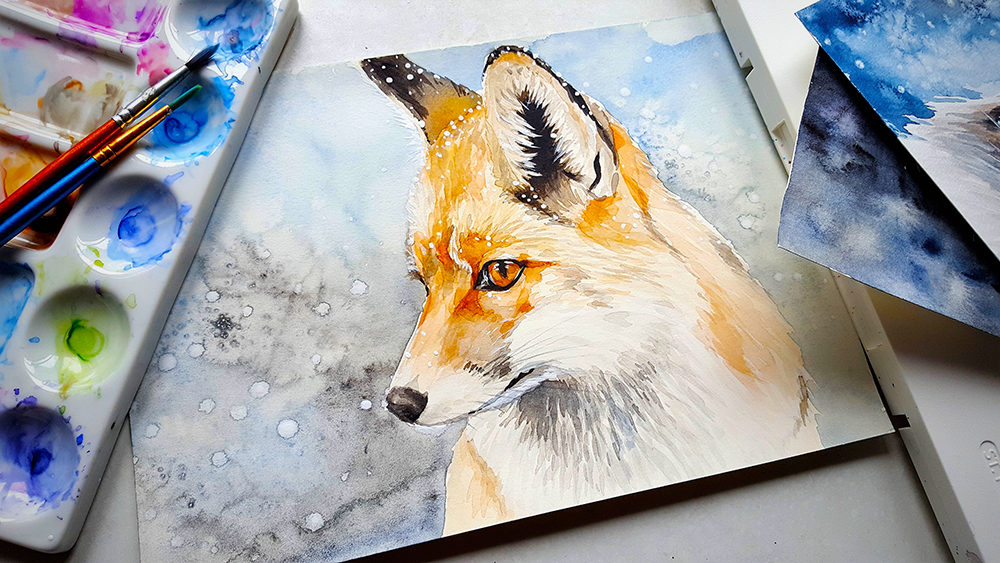
Eager to dive into painting with even more tips? Check out Eclipse's video!
Want even more content about creativity and art?
Be sure to check out all of our creative chronicles!
Ready to dive into the world of painting?
Check out our some of other painting articles:
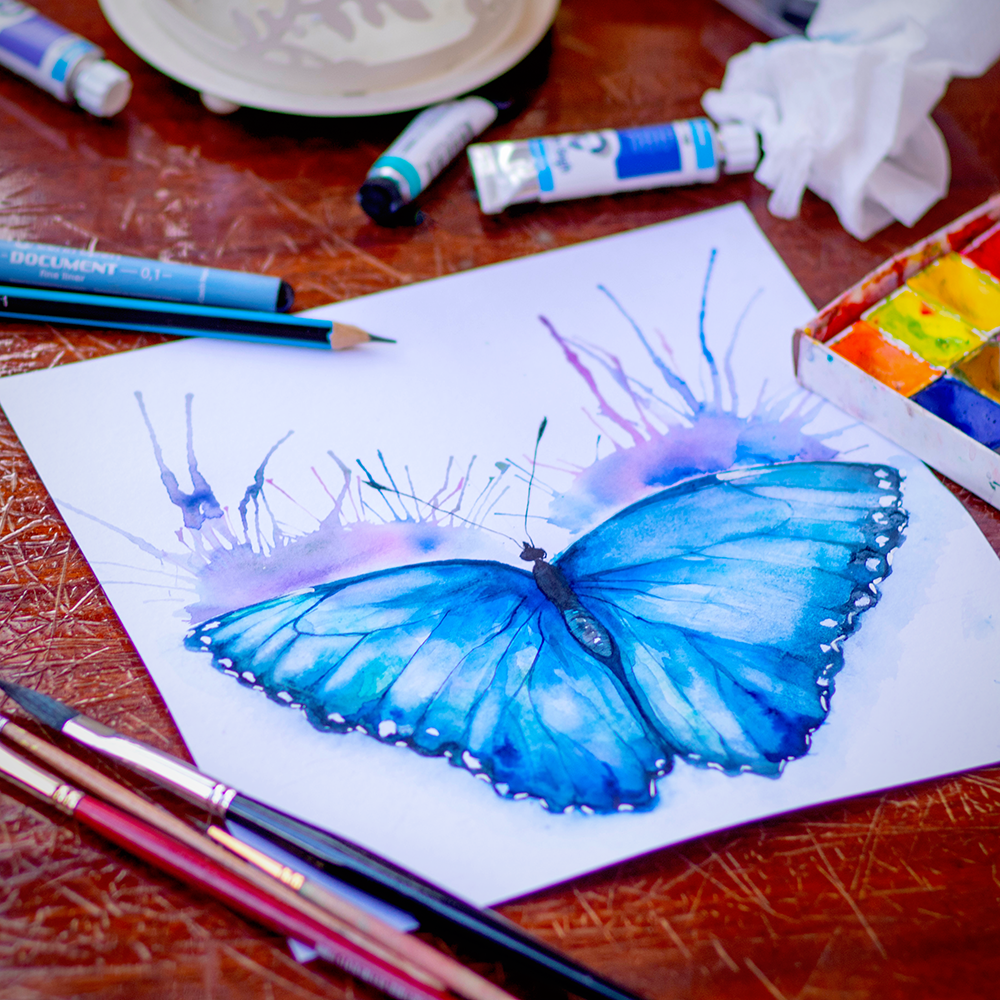

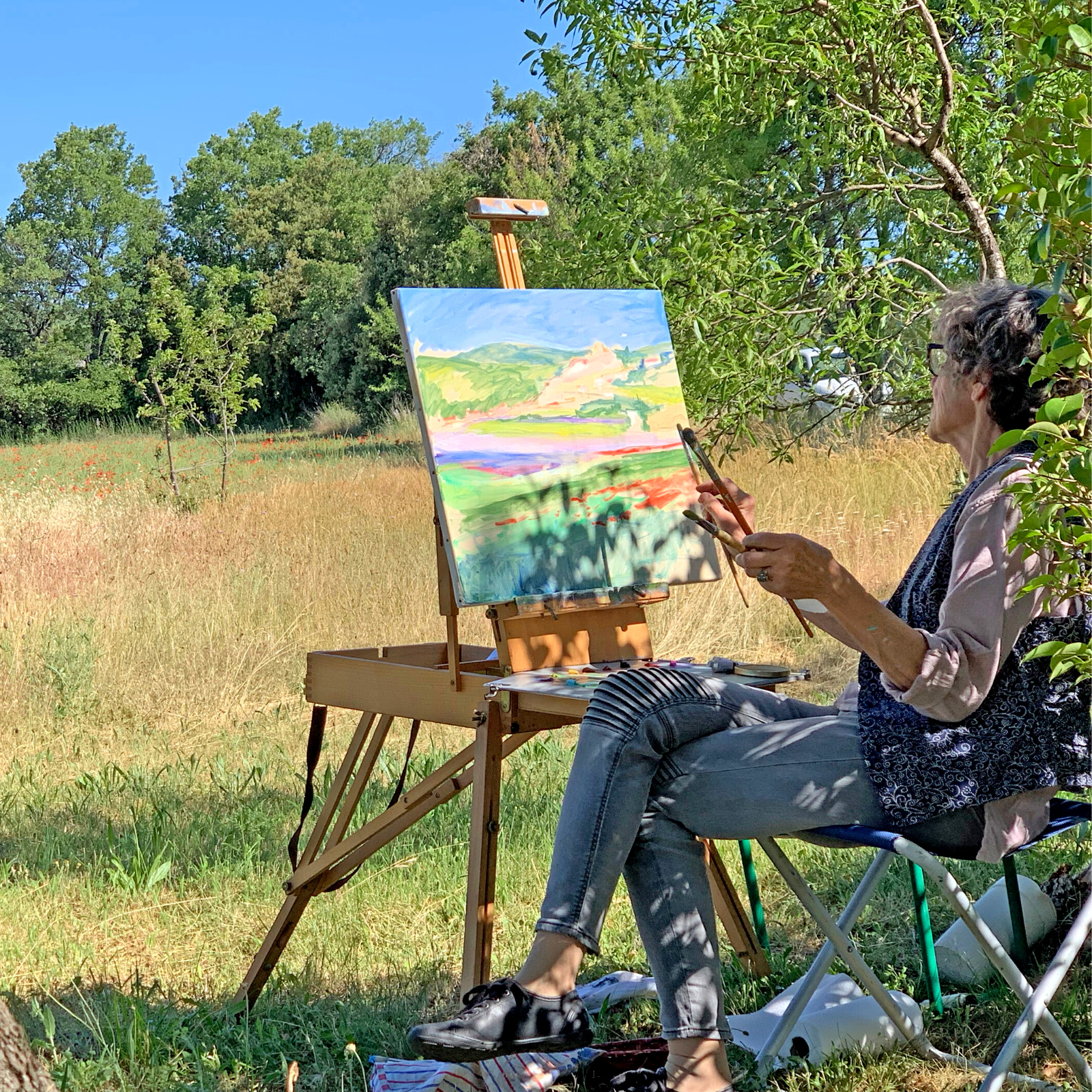
Looking for new painting ideas?
Check out some of our other articles:
-What is the easiest thing to paint?
